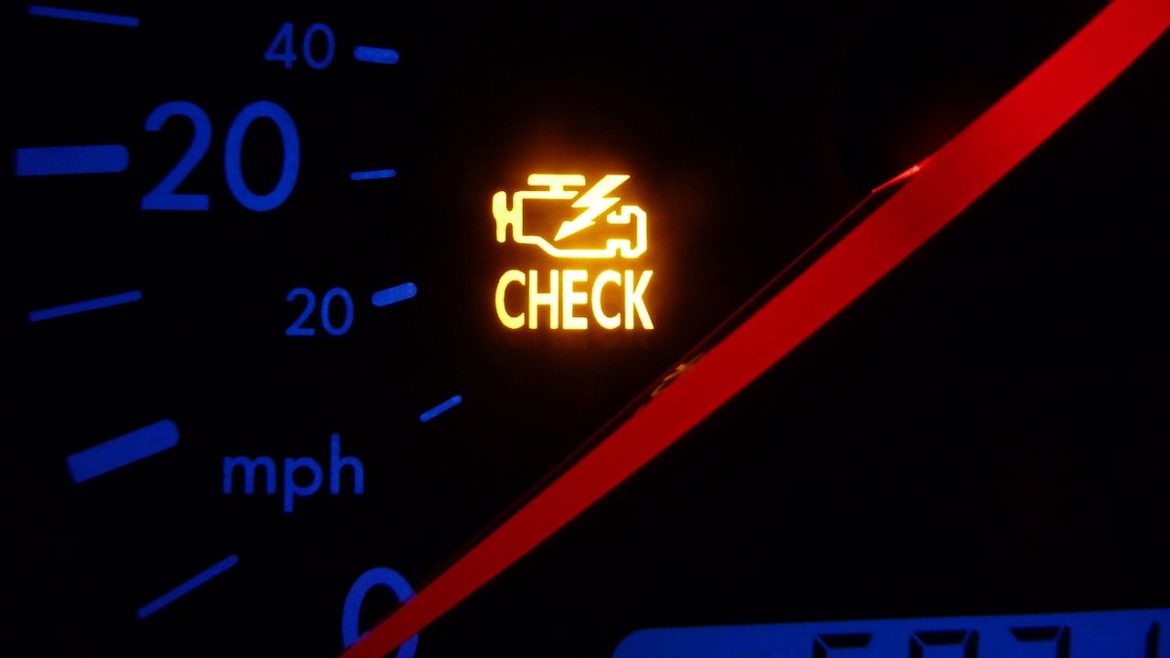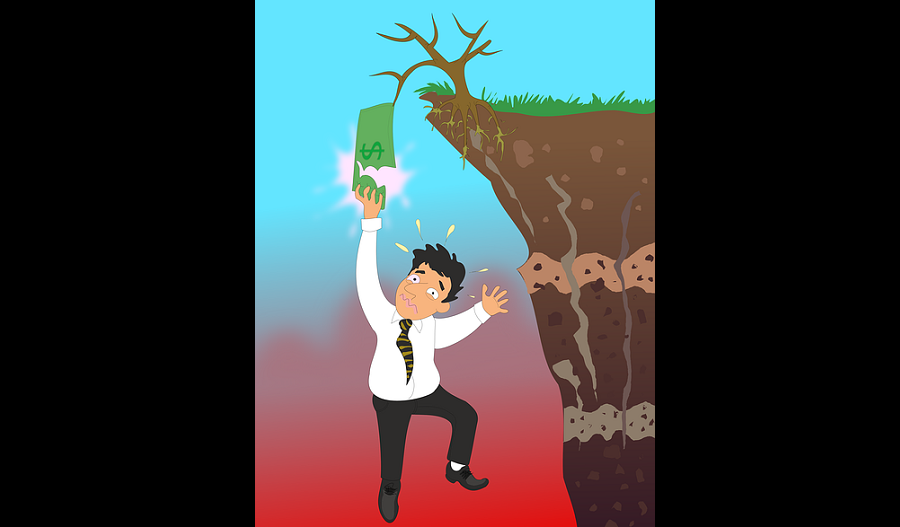With prices rising and real wages falling, many Americans are struggling to make ends meet. They are increasingly turning to credit cards and other debt to fill the gap. But that creates other problems. Debt has to be repaid and a growing number of Americans are struggling to keep up with payments.
Auto loan delinquencies have risen to the highest level in over 10 years, according to TransUnion.
Subprime auto loan delinquencies have exploded, taking the overall delinquency rate to Financial Crisis levels. But the economy is supposedly great. What is causing this spike in delinquencies?
According to the latest data released by the New York Fed, serious delinquencies (90 days or more past due) surged by 15.5% in the fourth quarter of 2019 to a record high of $66 billion.
How much more can the auto loan bubble blow up before it pops?
Total auto loans and leases outstanding for new and used vehicles increased by another 4.3% year-on-year in the third quarter, according to the latest data from the Federal Reserve. This was a factor in pushing total American consumer debt to a new record of $4.15 trillion in September.
Meanwhile, auto loan delinquencies are surging.
As we reported last week, consumer debt continues to break records month after month. Americans owe over $4.3 trillion dollars in revolving debt (primarily credit cards), student loans and auto loans. When you factor in mortgages, the number climbs to $13.54 trillion. That figure was $869 billion higher than the previous peak of $12.68 trillion in the third quarter of 2008 (right before the crash) and 21.4% above the post-financial-crisis trough reached in the second quarter of 2013.
But many mainstream analysts downplay this surge in debt. And on the surface, the numbers do seem to indicate the risk isn’t as big as it was prior to the 2008 financial crisis. But as Wolf Richter explains, the averages conceal a different reality.
As we reported last week, a record 7 million Americans have fallen 90 days or more behind on their auto loan payments. That’s 1 million more than the previous peak in auto loan delinquencies in 2010. But as Wolf Street points out, there is a big difference between then and now.
Serious auto-loan delinquencies are now on par with Q2 2009 when millions of people had lost their jobs and when the economy was in free-fall. But today unemployment is low and the economy appears to be humming. What gives? “
A record number of Americans have fallen behind on their car payments.
On Tuesday, the New York Federal Reserve released its Household Debt and Credit report covering the fourth quarter of 2018. Not only has indebtedness hit record highs, eclipsing levels seen on the eve of the Great Recession, but Americans are also having a harder time paying their bills. This is particularly apparent in the US auto market. According to the New York Fed report, more than 7 million Americans have fallen at least 90 days delinquent on their auto loans.
Ron Paul talked about bubbles during his Liberty Report last week, noting our articles on the subprime auto bubble, along with housing bubble 2.0.
As Ron pointed out, it’s hard to keep up with all of the distortions in the marketplace thanks to a decade of Federal Reserve easy money.
How do you cover all the bubbles? The nature of what the Fed does by manipulating interest rates to lower than the market rate, everything has to be affected to some degree by a bubble and a distortion and a malinvestment, and excessive debt.”
The SchiffGold Friday Gold Wrap podcast combines a succinct summary of the week’s precious metals news coupled with thoughtful analysis. You can subscribe to the podcast on iTunes.
It looks like the subprime auto loan bubble has popped.
Last year, we reported that the auto industry’s check engine light was on. Now it looks like the thing is totally breaking down. Small subprime auto lenders are starting to go belly-up due to increasing losses and defaults. As ZeroHedge noted, “we all know what comes next: the larger companies go bust, inciting real capitulation.”








